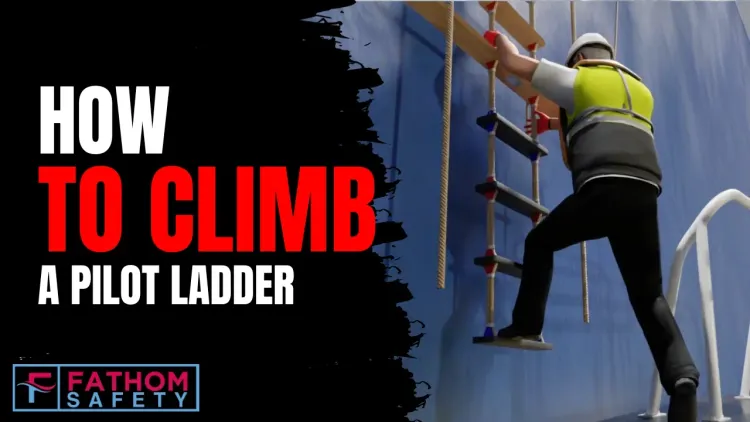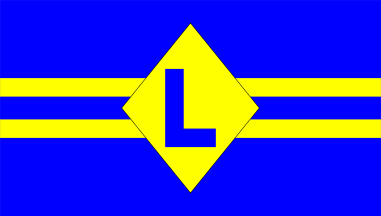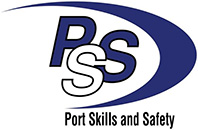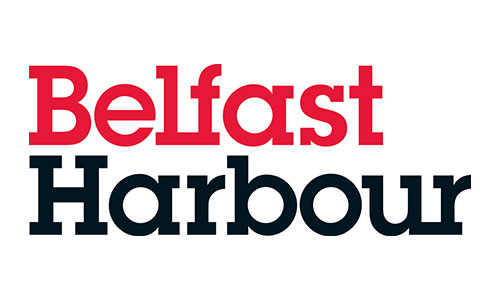How To Climb A Pilot Ladder
As a company founded and run by experienced maritime pilots a question we are frequently asked is 'How Do You Climb A Pilot Ladder?'. It can be incredibly daunting for personnel who have never had to board a vessel by pilot ladder to suddenly be asked to do so. As pilot trainees we tend to start on smaller vessels and work our way up over time to pilot larger vessels so by the time we are boarding cape size vessels we tend to be very experienced at all different types of pilot boarding arrangement. This is not always the option for some personnel such as agents, surveyors or crew carrying out crew changes at anchor.
It can also be quite a stressful proposal especially given the number of pilot ladder accident videos that are posted on the likes of Youtube and Tik Tok. The first thing to remember is everyday thousands of pilots, agents, surveyors and crew members safely board by pilot ladder, and whilst this should never be seen as a routine operation, the statistics demonstrate it is a relatively safe method of boarding or disembarking a vessel. There are however practical guidelines that if followed should make your transfer as safe as possible.
PPE for Pilot Transfer
Having the correct safety equipment is essential to a safe pilot ladder transfer. The minimum equipment should include
A lifejacket – ideally this should be a self inflating, water activated model as this allows for the greatest freedom of movement when climbing. Lifeboat style lifejackets with foam inserts can interfere with your dexterity on the ladder and should be avoided if at all possible.
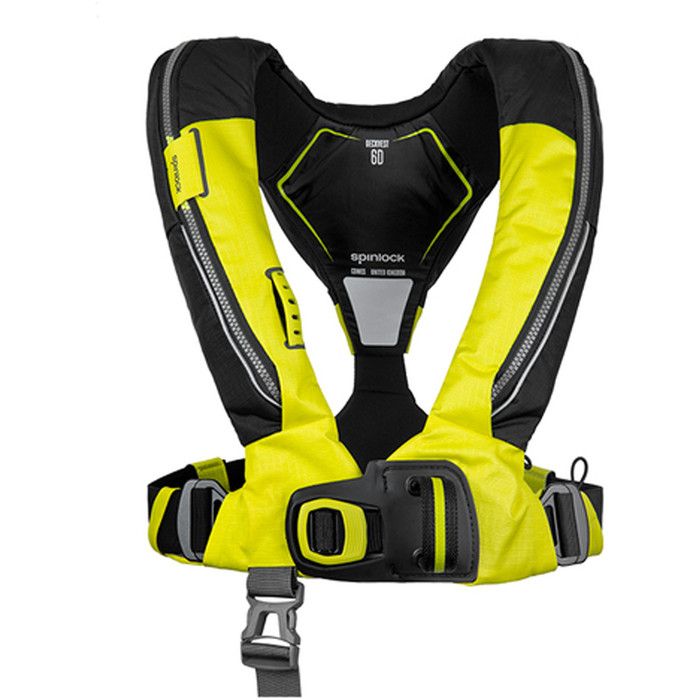
Appropriate clothing – your attire should reflect the environment in which you will be climbing. Boarding a vessel in the north sea in winter will require very different clothing to boarding a vessel in the gulf. Whatever you are wearing should allow you to move freely and raise you knee up without restriction.
Gloves – we always recommend gloves. Pilot ladders may have sharp edges of cargo contamination so protecting your hands is essential. Having clean dry hands is always a nicer option when boarding a ship!
Headgear – we recommend that wherever possible suitable protective headgear is worn that doesn’t interfere with the wearers ability to look up. Whilst there is limited risk of banging your head it will be invaluable in protecting you should the worst happen and you slip from the ladder and require recovery.
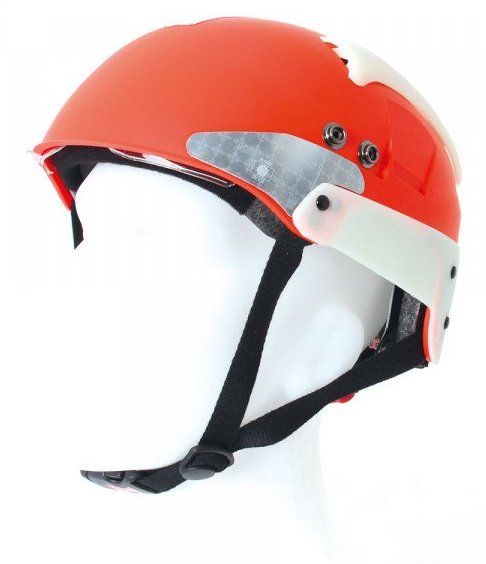
Bags – Bags must never be worn when climbing. Ask the crew to provide a heaving line and transfer your bags either before starting to climb or after you have boarded. Never attempt both at the same time.
Assessing the conditions prior to pilot ladder transfer
It is important pilot ladder transfer is as safe as possible. The coxswain of the transfer craft should be in constant communication with the ship to select the most sheltered (leeward) side of the vessel and advising the ship should she be required to manoeuvre to create a better lee.
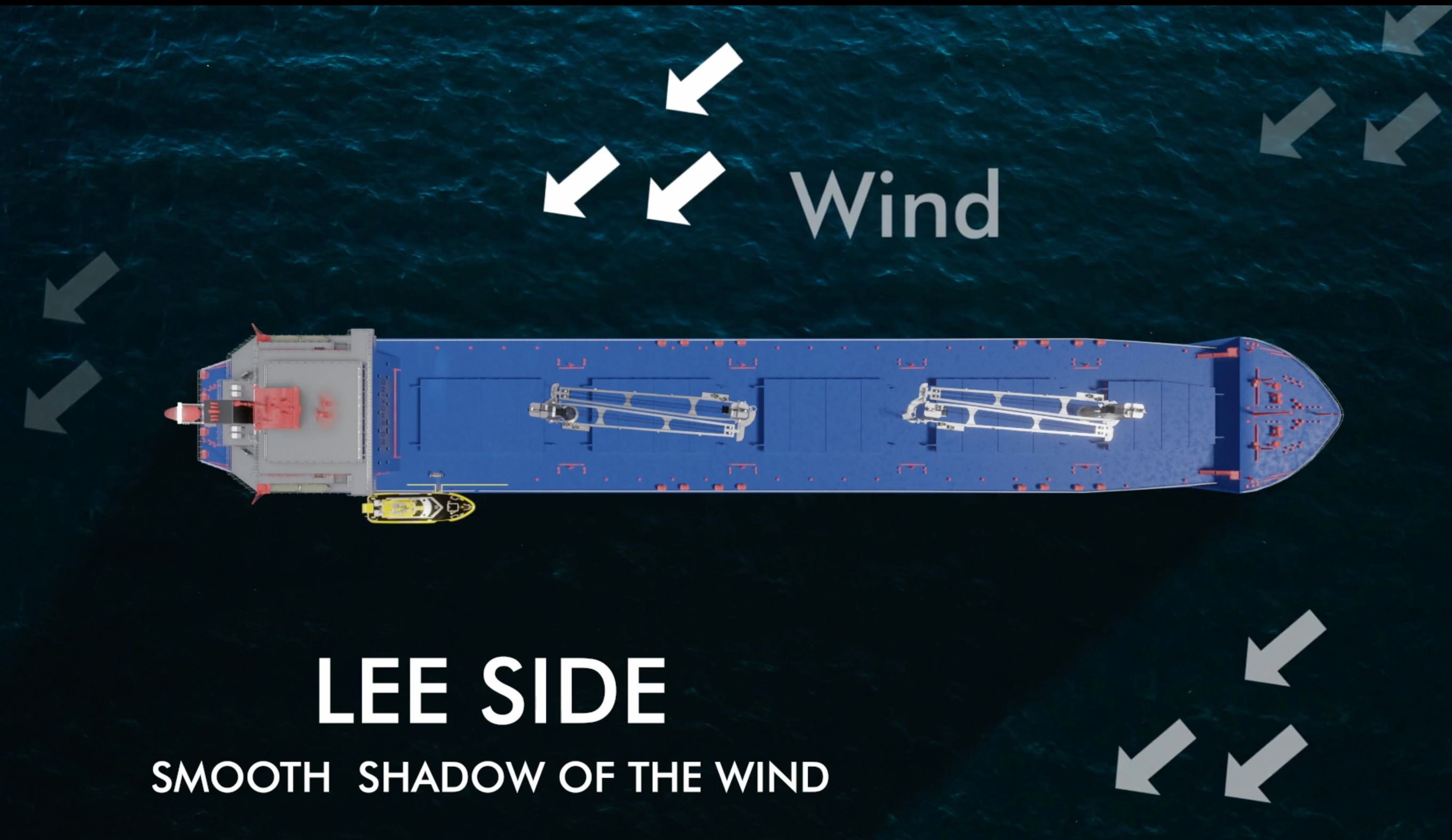
The Pilot Ladder Transfer
Different sizes of vessel move differently in the same sea conditions. Small pilot boats and workboats have very different motion from a tugboat and a hugely different motion of a large oceangoing ship. Generally speaking you will be transferring from a less stable vessel to a more stable vessel when boarding a ship via pilot ladder and vice versa when disembarking. Small craft used for pilot ladder transfers tend to ride up and down even on the smallest of swells whereas ships tend to be much slower to react and less influenced by small or moderate seas.
We recommend that any vessel used to transfer personnel via pilot ladder has at least two crew members. A deckhand is invaluable in assisting personnel on or off a pilot ladder, especially when disembarking as they can count the climber down and advise them when to step backwards. They also play a vital role in man overboard situations!
When stepping from transfer vessel to ship we are looking to do so when the transfer vessel is at the peak of the swell. This means the boat is moving away from you as you start to climb rather than chasing you up the ladder and potentially injuring you legs. When disembarking we are looking to reverse this process and step back when the boat is again at the peak of the swell.

Pilot transfer should never be rushed, take time to get the feel for how the transfer craft is moving and select your moment. When you do decide to transfer it is essential you commit fully to the ladder with both hands and one foot. You should try to climb the first few steps quickly to create some distance between you and the transfer boat. Once clear, take your time and maintain 3 points of contact on the ladder at all time. Once at deck level identify your handholds first before attempting to transfer your hands from ladder to deck stanchions. Once you are gripping the stanchions continue to climb until you can step from ladder to deck.
When disembarking time should be taken to reverse the process and move from deck to ladder. As you reach the lower section of the ladder it can be helpful to have a deckhand count you down and advise when it is safe to step back. When doing so once again commit to the manoeuvre and grip the rail, stanchion or deck furniture of the transfer craft with one hand as you do so.
Pilot Ladder Training
Fathom Safety has pilot ladder training courses for anybody undertaking pilot ladder transfers. Our immersive 3D training can be undertaken on any connected device including a smartphone and gives personnel the knowledge they require for safe pilot transfer operations.

